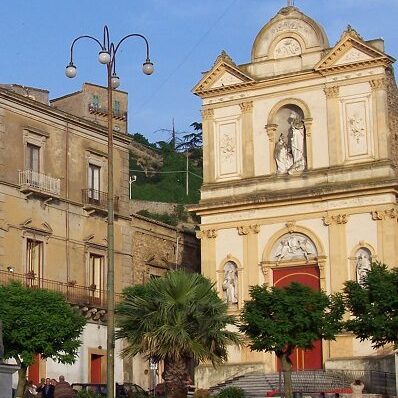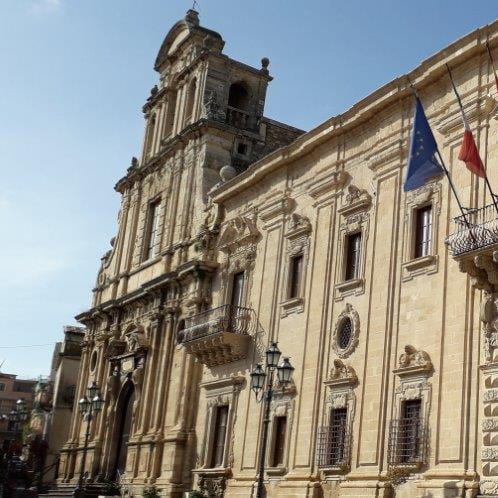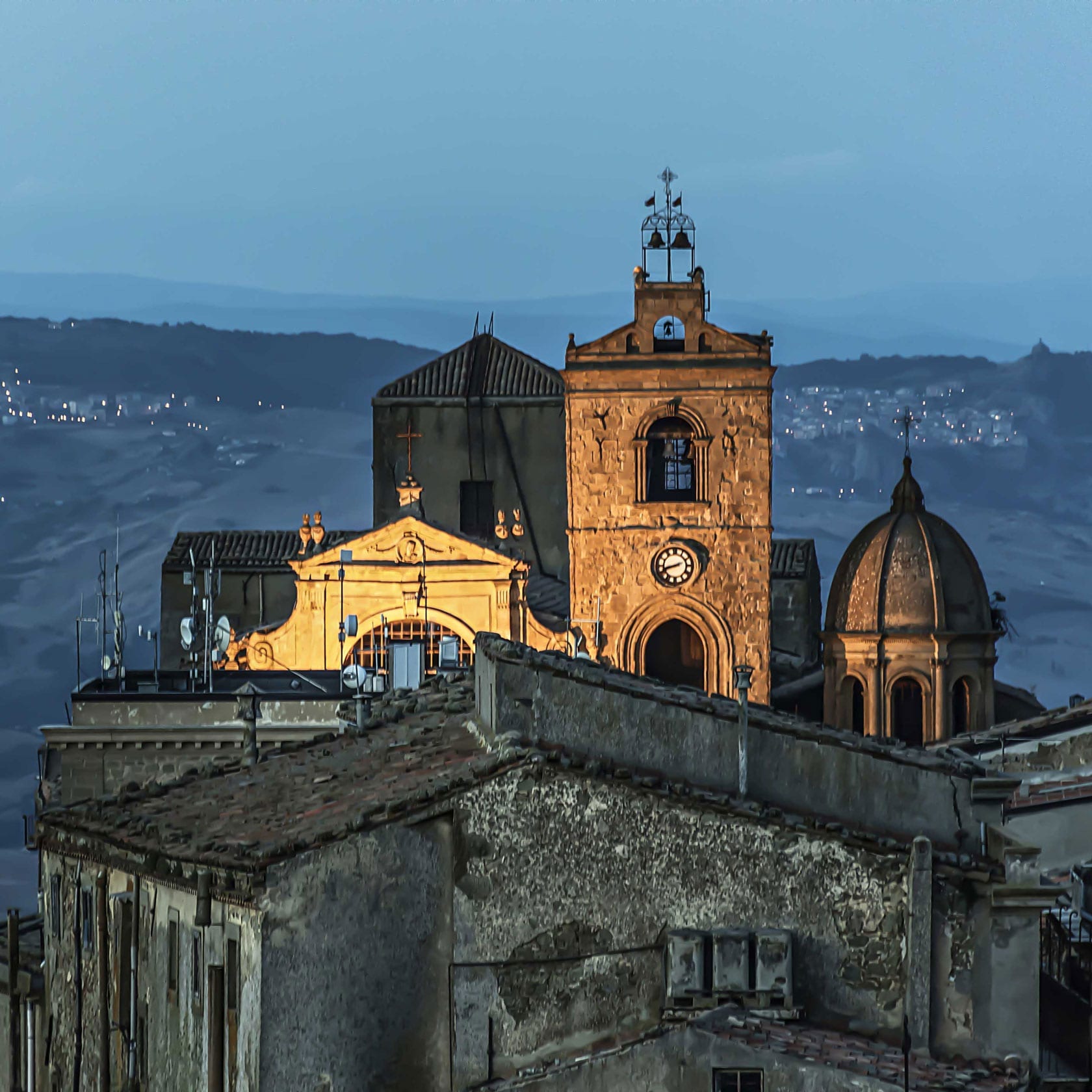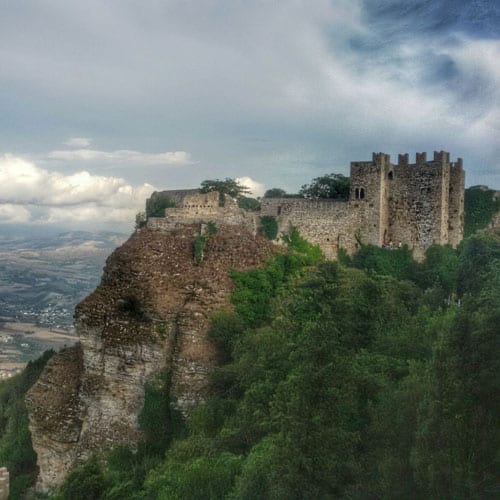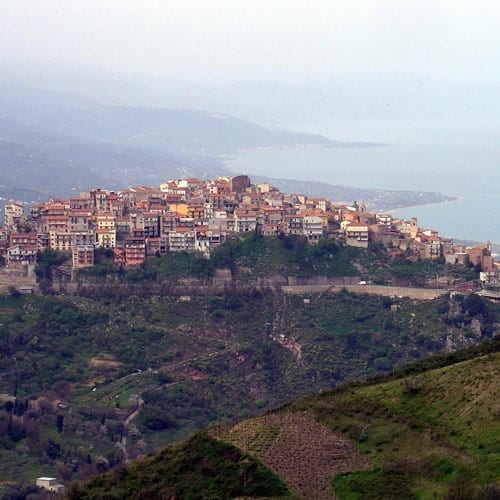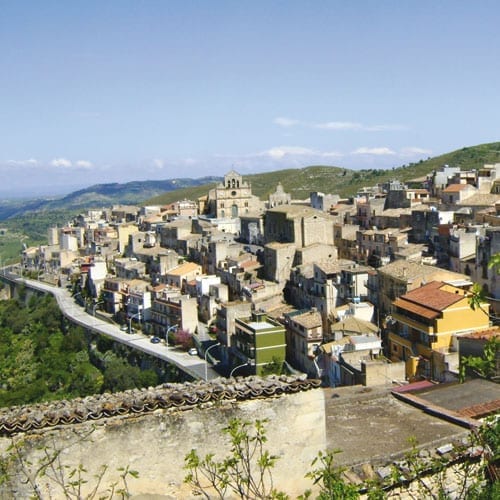 Buccheri
Buccheri
Churches and Megaliths
municipality of Buccheri
(Province of Siracusa)
Altitude
m. 890 s.l.m.
population
1857 (500 nel borgo)
patron saint
Sant’ Ambrogio, 7 dicembre
turist information
Ufficio Informazioni Turistiche
Via G. Matteotti 1
Tel. 0931 880630

The borgo occupies the slopes of Mt. Lauro, a natural basin with valleys and springs that pagans imagined populated with nymphs and satyrs; Christians with devils and witches. Inhabited since remote times, the territory hosts valuable archaeological evidence, pastoral huts built with a megalithic technique. Sicels, Romans, Byzantines and Arabs have all passed through here, but it was the Normans who constructed the castle around which the borgo developed. The castle ruins are visible on the top of Colle Terreo. The Church of Sant’Antonio Abate (1212) dominates the borgo from a spectacular staircase built in 1911. The church has three naves and contains two paintings by Guglielmo Borremans (1728) and a 16th-century altarpiece. The Monastery of San Benedetto built in 1453 and the coeval Church of Santa Maria Maddalena both survived the earthquake of 1693, that almost totally destroyed Buccheri. The centre was rebuilt on the same site, but more towards the valley below. The Mother Church hides a 16th century wooden crucifix, the 17th century canvas of San Michele and a painting depicting Sant’Ambrogio, the borgo’s patron saint. Just west of the borgo is the Sanctuary of the Madonna delle Grazie, once a monastery of hermit monks.
World capital of quality extra virgin olive oil in 2015, Buccheri’s intense fruity olive oil is obtained from the native variety of Tonda Iblea olives. Local specialties include pani coi pipi, a winter dish of stale bread cooked in water together with tomato extract and a fresh egg; cuddhuruni, a spiral-shaped bread; favi liezzi, fava beans; funciddhi, a cake made with walnuts, hazelnuts and almonds.
- U Passiu Santu, Easter Week: a live representation, in Sicilian dialect, of the Stations of the Cross. With spectacular scenography and music, in the alleys and squares of the historic centre.
- Medfest, late August: the festival of Medieval Drums is opened by the unmistakable sound of percussion instruments and is attended by groups of drummers from all over Italy.
- Christmas is in the air, a life-sized, artistically lit nativity scene.




